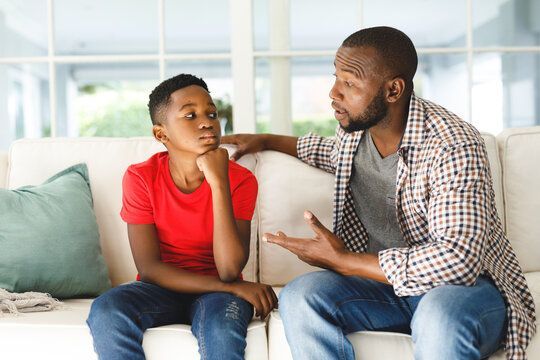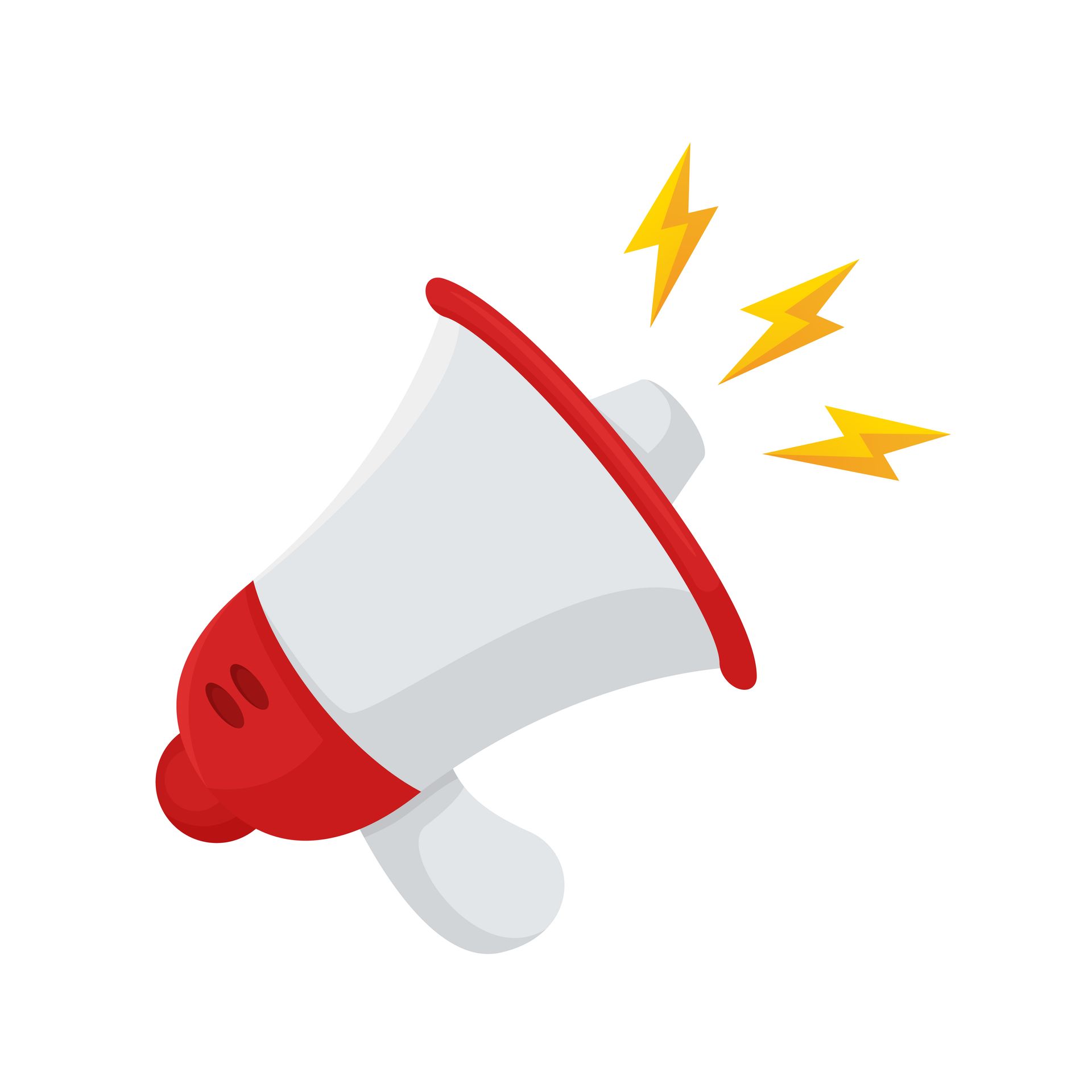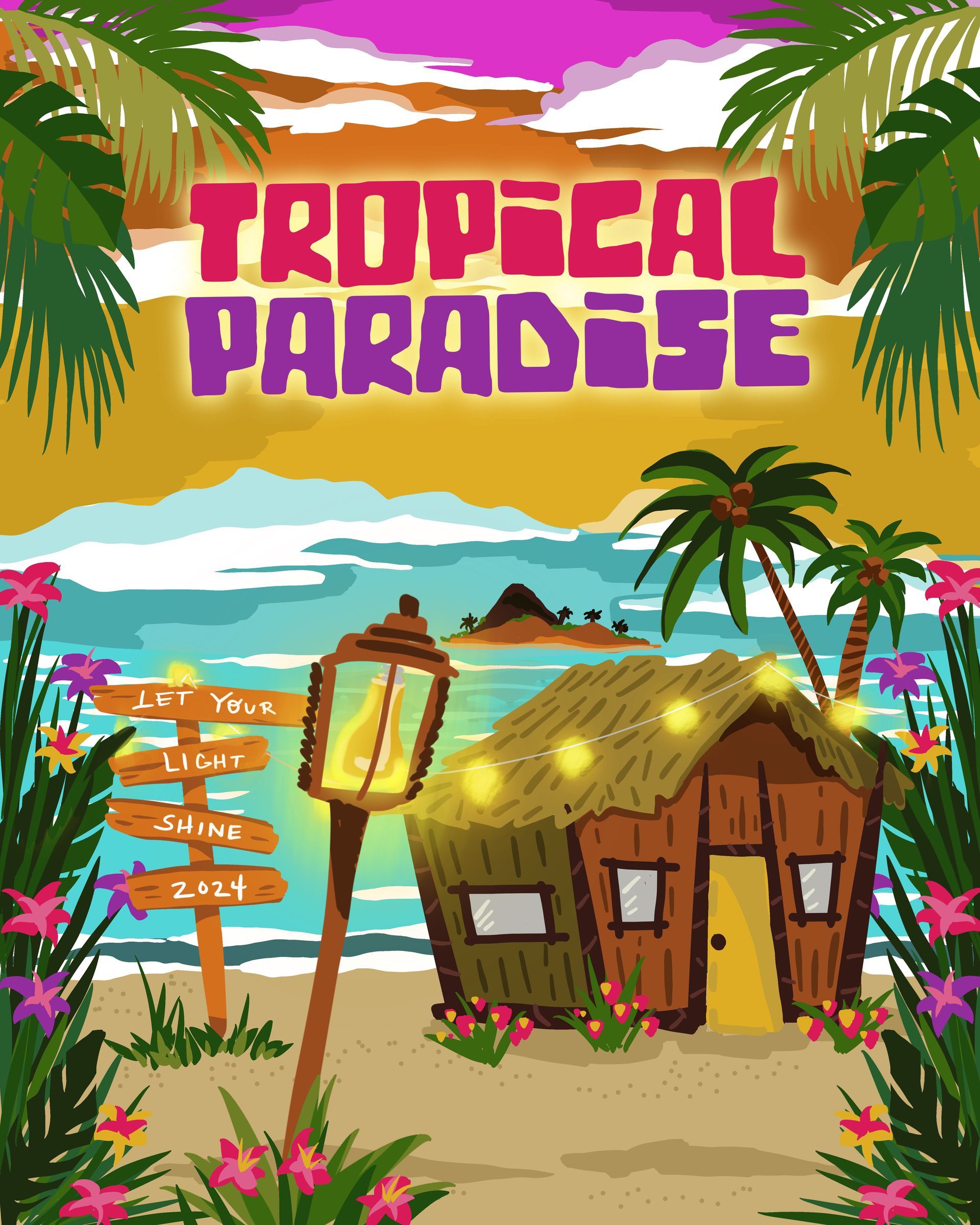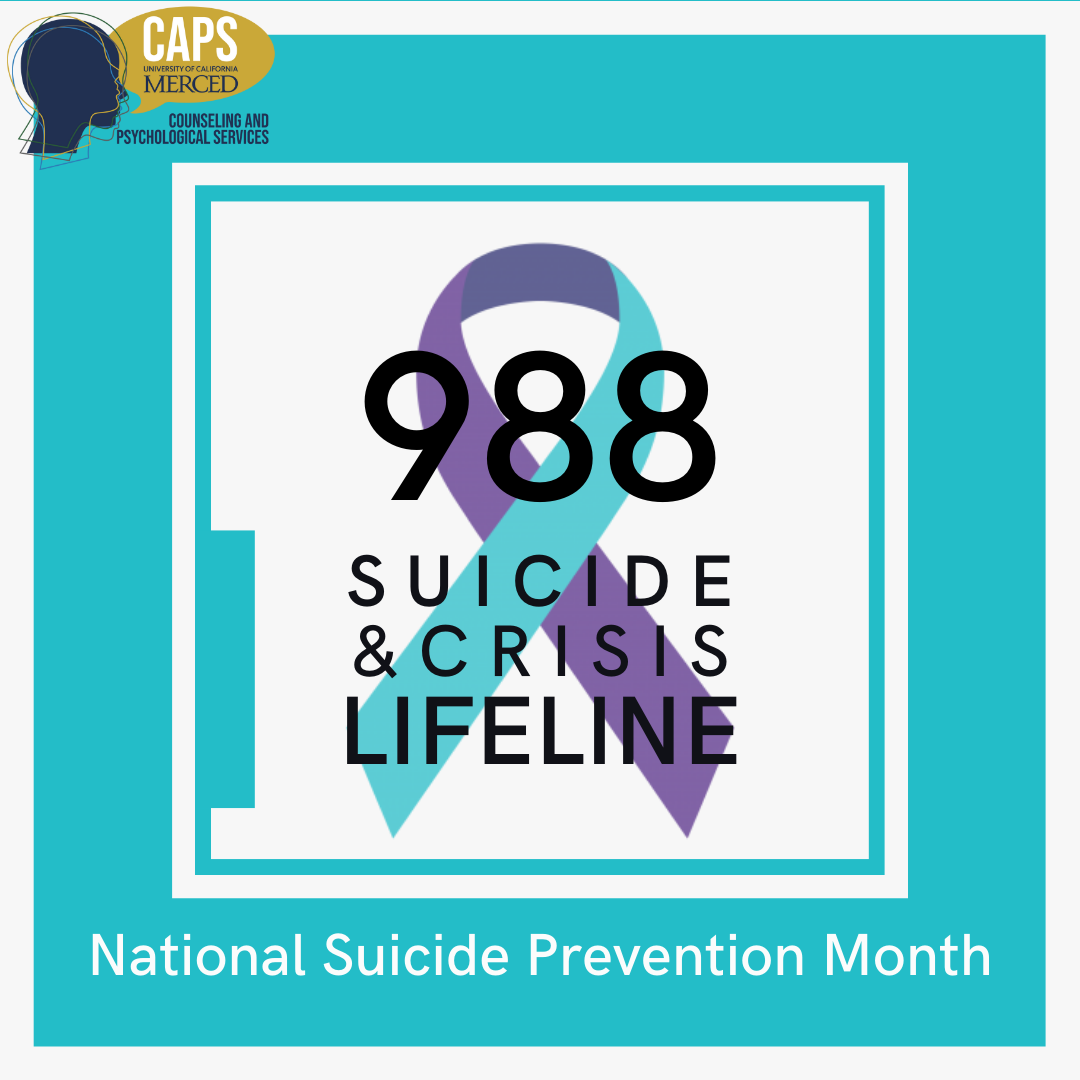For many people changes in the seasons also bring changes in mood, energy, sleep, weight and appetite. Some researchers have found that as many as 90% of people report noticing these types of changes in themselves. However, for some people, the changes are so intense that they interfere with the person’s ability to function in their daily life.
Seasonal Affective Disorder or SAD is a type of clinical depression that occurs with a consistent seasonal pattern. The symptoms of SAD are the same as those for other depressive disorders; what is different is that the symptoms begin every year around the same time, last for several months, and then go away for the rest of the year. The most common form of SAD is what is known as winter-pattern SAD in which depressive symptoms start in the fall or early winter and end in the spring. Another less common form is known as summer-pattern SAD and is associated with depressive symptoms that occur during the spring and summer months and improve in the fall.
Signs and symptoms
Symptoms of depression can vary from person to person. Many people experience feelings of sadness or emptiness most of the day, nearly every day. Others may become easily irritated, annoyed or frustrated. Depression can make people feel hopeless, discouraged or worthless. It often causes people to become more self-critical, more sensitive to criticism and unable to enjoy the things they normally like to do. Depression affects more than just a person’s mood. Changes in sleep, appetite and energy level are also associated with depression.

It also causes problems with concentration, decision-making and working memory (our ability to work with information without losing track of what we’re doing, to find the right words when we are speaking and to hold on to bits of useful information for short periods of time while we need it for a specific task).
Additional symptoms associated with winter-pattern SAD can include:
- Oversleeping (falling asleep earlier, staying asleep longer, having a harder time getting out of bed in the morning, craving naps during the day)
- Overeating (craving carbohydrates such as bread, pasta or sugary foods)
- Social withdrawal (wanting to hibernate rather than get together with friends)
Additional symptoms associated with summer-pattern SAD can include:
- Difficulty sleeping (difficulty falling asleep, waking during the night and having difficulty getting back to sleep, waking up earlier than usual)
- Decreased appetite (not feeling hungry, finding food to be less appealing)
- Restlessness and agitation (difficulty sitting still, fidgeting, feeling tense)
- Anxiety
- Aggression
It is important to recognize that SAD is not the same as feelings of sadness, anxiety or irritability that occur at certain times of the year due to stressors such as holidays, seasonal changes in work or school schedules, or anniversaries of losses or traumatic experiences. These stressors can exacerbate the effects of SAD, but the symptoms occur seasonally even in less stressful times.
Who gets SAD?
Anyone could experience SAD. It tends to be more common in latitudes that are further from the equator. That means that, in the United States, a person who lives in New England or Wisconsin would have a higher chance of developing SAD than someone who lives in Florida or Texas. It is likely related to the fact that regions further away from the equator experience greater seasonal changes in hours of daylight/night and temperature.
SAD occurs more often in women than in men. Some studies have estimated that women are 2 to 4 times more likely to have SAD than men. The reasons for this are not currently known.
SAD can sometimes run in families. Researchers are still looking into why this happens.
What causes SAD?
Sad was first recognized in 1984 and research is still ongoing about its causes and contributing factors. Because it is more common, more research has been done about winter-pattern SAD than about summer-pattern SAD. The exact cause of SAD is not clear yet, but research has identified some possibilities.
Studies have found a link between chemicals in the brain and symptoms of SAD. One of these brain chemicals is serotonin, which helps to regulate mood. When it’s sunny the brain makes more serotonin. Higher levels of serotonin boost feelings of happiness and well-being. Related to this is vitamin D, which is believed to promote serotonin activity. We can get vitamin D through foods (such as certain types of fish, some mushrooms, and fortified milk) or our bodies can produce it when skin is exposed to sunlight.
Another brain chemical melatonin, a hormone that is important in maintaining sleep-wake cycles. High levels of melatonin cause a person to feel sleepy and have less energy. Low levels of melatonin have been linked to insomnia, poor sleep quality and depression. What all this means is that shorter amounts of daylight and longer darkness in fall and winter may decrease serotonin and vitamin D levels and increase melatonin, the combination of which results in more vulnerability to depression.
What helps?
Light therapy (sitting in front of a very bright light box) and vitamin D supplements have been beneficial for people with winter-pattern SAD. Spending time outside during sunlight hours can also help to alleviate symptoms of winter-pattern SAD. Many people also benefit from general health and wellness activities such as eating healthy, exercising regularly, scheduling enjoyable activities and staying socially connected. Antidepressant medication may be another option; consult with a trained medical professional.
If depression becomes so severe that you are having thoughts of suicide, help is available. Free and confidential support is available by calling or texting 988 to reach the Suicide and Crisis Lifeline. In Stark County, crisis support is also available by calling 330-452-6000.
Mary M. Kreitz, LPC, CDCA has more than 20 years of experience working in the field of behavioral health. She is currently the lead therapist for the Trauma Program at Child & Adolescent Behavioral Health, is a member of the Stark County Trauma and Resiliency Committee, and is a member of the Unity Coalition to Dismantle Racism in Stark County.
RECENT POSTS












